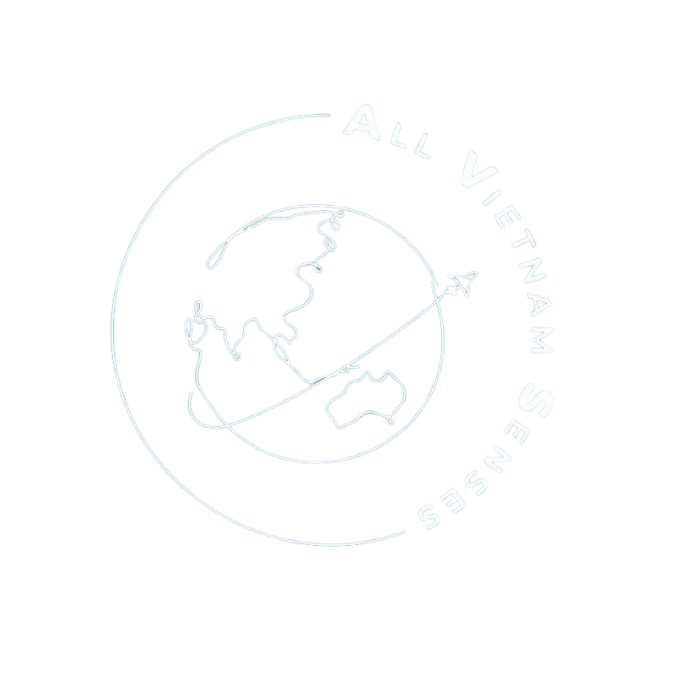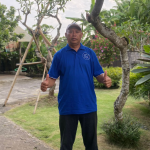Journey from India to Vietnam: A Comprehensive Guide (2024 Update)
Vietnam, a captivating Southeast Asian nation, beckons Indian travelers with its breathtaking landscapes, vibrant culture, and mouthwatering cuisine. This guide, meticulously crafted by AVS, equips you with the essential information to navigate your journey from India to Vietnam seamlessly.
Embarking on Your Vietnamese Adventure: Visa Essentials

As an Indian citizen, obtaining a visa is mandatory before embarking on your Vietnamese adventure. Here’s a breakdown of the visa application process:
Application Options:
- Apply online for a convenient e-Visa experience through the official Vietnam Immigration Department website.
- Alternatively, contact the local Vietnam Embassy or Consulate in India to acquire a visa stamp on your passport.
Required Documents:
- Valid passport
- Two passport-sized photographs
- Completed visa application form
- Visa approval letter (if applying online)
- Proof of bank statements
- Proof of visa fee payment and travel insurance (highly recommended)
Visa Fees: Approximately USD 25 (INR 2058) for a 30-day single-entry visa.
Processing Time: 2-7 business days (excluding weekends and holidays).
Validity: 3 months validity for a single-entry visit with a 30-day stay.

Important Update (August 15, 2023): Vietnam has generously extended the validity of its e-Visa from 60 days to 90 days, allowing you more time to explore the wonders of Vietnam.
Soaring Through the Skies: Flight Options from India
Multiple airlines operate flights from India to Vietnam, catering to your travel preferences:
Direct Flights: Enjoy a swift and convenient journey with direct flights offered by Vietnamese airlines (Vietjet Air, Vietnam Airlines), IndiGo (Indian airline), and other carriers like Singapore Airlines, Air Asia, and Thai Airways. Major departure cities in India include New Delhi, Mumbai, Kolkata, and Ahmedabad, with arrivals in Hanoi’s Noi Bai International Airport or Ho Chi Minh City’s Tan Son Nhat International Airport.

Non-Direct Flights: Opt for non-direct flights if you prefer to break up your journey or explore connecting destinations. These flights typically involve 1-2 layovers, with Singapore (SIN), Abu Dhabi (AUH), Kuala Lumpur (KUL), and Bangkok (BKK) serving as common stopover points. To optimize travel time, consider flights with minimal layovers or prioritize direct flights when available.

Unveiling the Land Route: A Unique Adventure (For the Discerning Traveler)
For those seeking an extended adventure, consider the land route from India to Vietnam. Here are two potential paths:
Via China: Fly from India to Kunming, China, and then proceed to Vietnam by bus or train via the China-Vietnam border. This route offers the fastest land travel option.
Via Myanmar: Fly from India to Yangon, Myanmar, and then continue your journey by bus or train to the Vietnam-Myanmar border before reaching your final destination in Vietnam.
(Note): While the land routes offer a unique travel experience, they can be time-consuming. Consider your travel preferences and desired pace when making your decision.
Setting Sail on Tranquil Waters: Exploring the Cruise Option
Embrace a scenic journey by opting for a cruise from Mekong Delta countries like Cambodia. These cruises typically take 7-8 hours and range from USD 45 to USD 100, depending on the ferry or cruise chosen.
Alternatively, explore cruises departing from coastal towns in Singapore, Malaysia, or Thailand. For instance, a cruise from Singapore to Ho Chi Minh City allows you to unwind and relish the breathtaking ocean vistas before commencing your Vietnamese exploration.
Unveiling Vietnam’s Majesty: Tailoring Your Itinerary

Vietnam boasts diverse landscapes and experiences across its regions. Here’s a glimpse into the ideal times to visit each area:
Northern Vietnam (Hanoi, Halong Bay, Ninh Binh, Sapa): Experience pleasant temperatures throughout the year, with cooler autumn and winter seasons. The period from October to April (particularly November to March) offers the most favorable weather, with less humidity and cooler temperatures.
Central Vietnam (Hue, Da Nang, Hoi An, Nha Trang): Ideal for exploration between February and August when the weather is warm and dry. The peak tourist season falls between April and August. Booking flights and accommodation in advance is recommended during this period.
Southern Vietnam (Ho Chi Minh City, Mekong Delta, Phu Quoc Island): Featuring a tropical climate with wet and dry seasons, December to April offers the best time to visit. Reduced rainfall and ample sunshine make this period ideal for exploring bustling cities, cruising the Mekong


